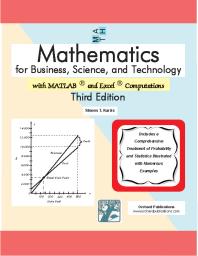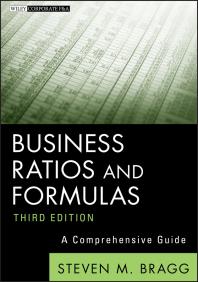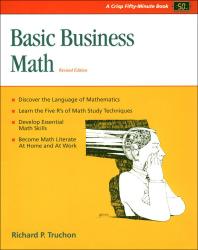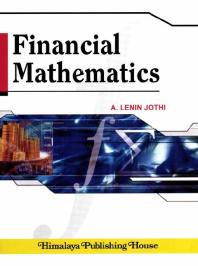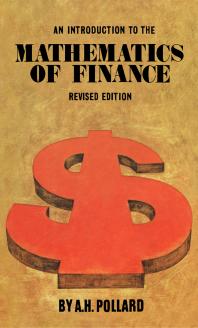
Introduction to Statistics
Data collection: Introduction to sampling and
probability for marketing research and
experimentation. Collection and presentation of
statistical data. Histograms and the cumulative
frequency polygon and curve.
Data summaries: Mode, median and mean.
Standard deviation. Quartiles and interquartile
range.
Further Probability and Set Theory
Further Probability: Mutually exclusive events and
independent events. Laws of Probability. Conditional
Probability.
Set Theory: Sets, intersections, unions,
complements. Venn diagrams, including their use to
solve probability problems.
Correlation, Linear Regression and Time Series
Correlation: Scatter graphs. Calculation and
interpretation of the coefficient of correlation.
Linear Regression: Calculation of the equation of a
least-squares linear regression line.
Time Series: Trend-line, moving averages.
Probability Distributions
Discrete random variables: Probability distributions
given algebraically or in tables. Calculate the mean
E( ) and the variance Var( ).Distributions: Binomial distribution. Normal
distribution and confidence intervals.
Financial Mathematics
Percentage and percentage change. Interest.
Appreciation and Depreciation.
Further Differentiation
Rules: Sum, product , quotient rules and the chain
rule (composite functions) Implicit differentiation.
Further Integration
Integration by substitution. Change of variable. Use
of Formula Booklet (see Appendix C).
Partial fractions (linear factors, repeated linear
factors, improper fractions), integration by partial
fractions.
Integration by parts.
